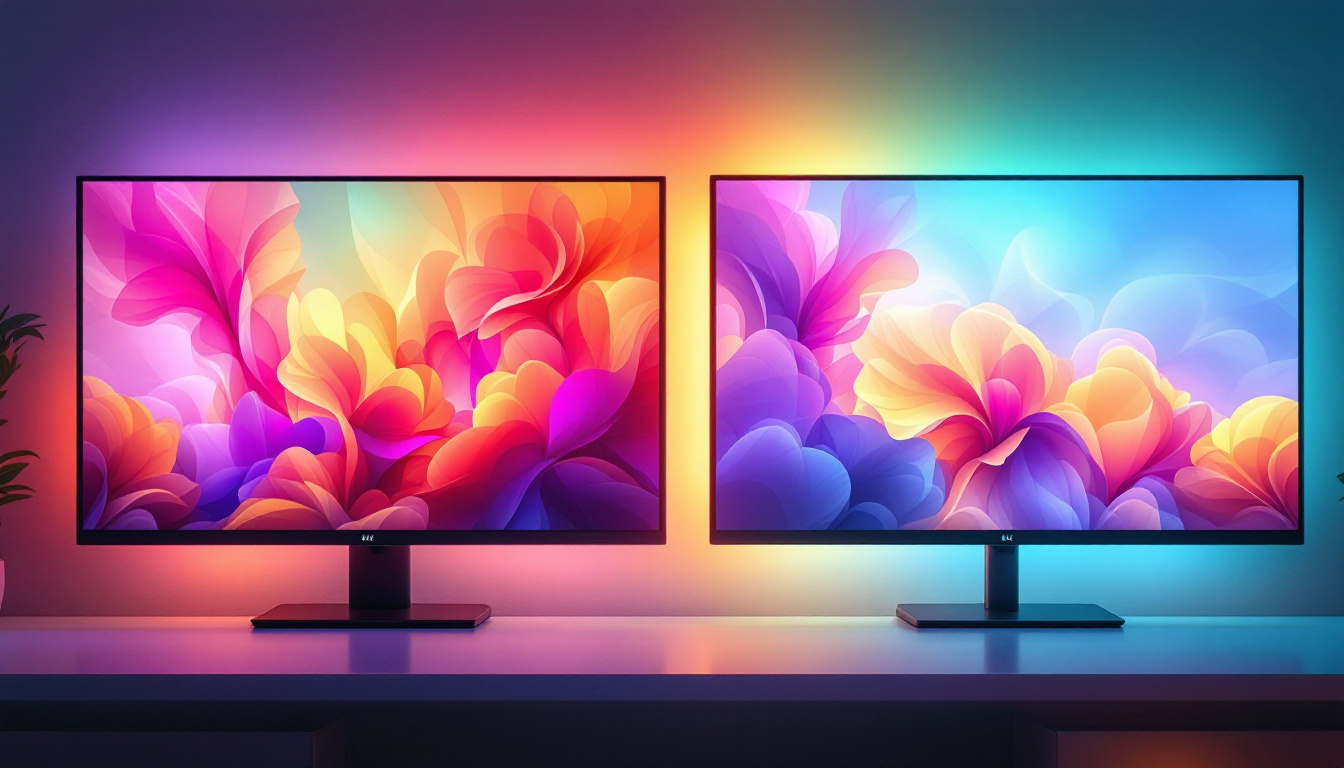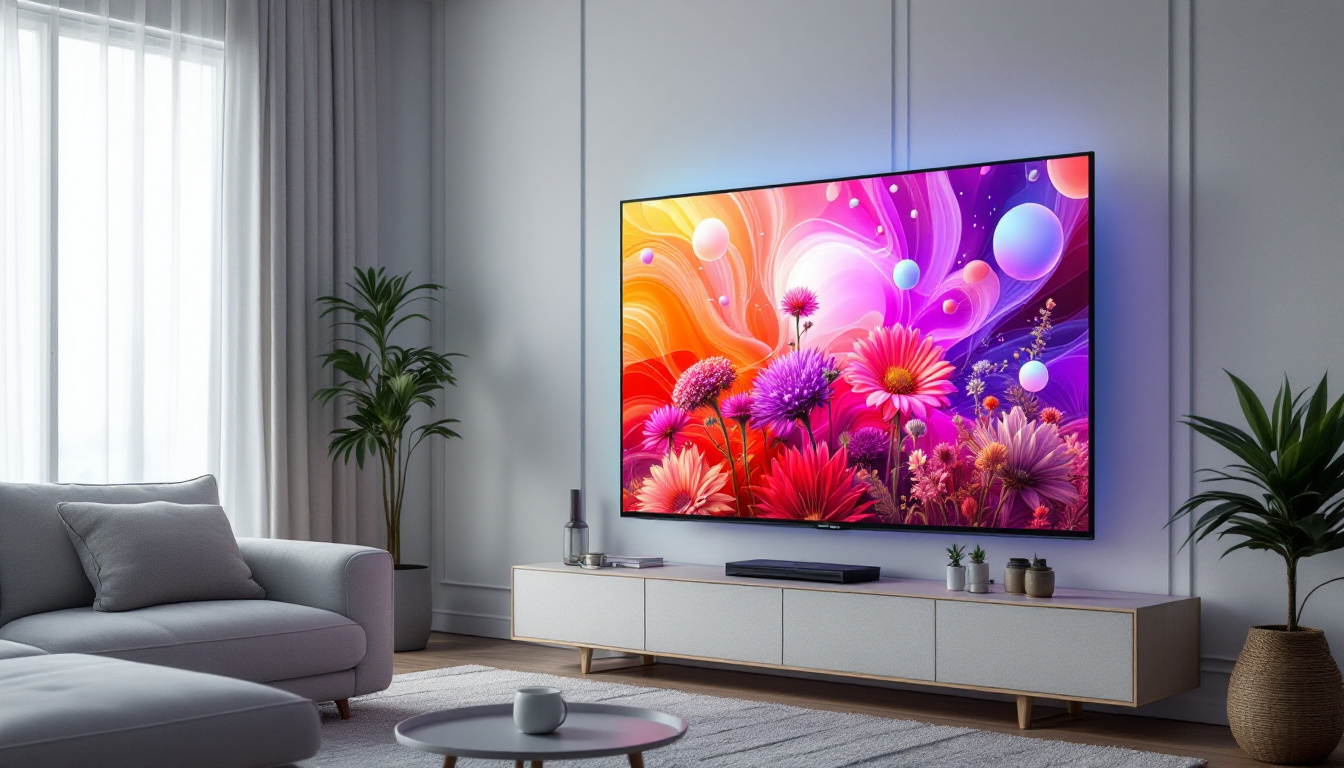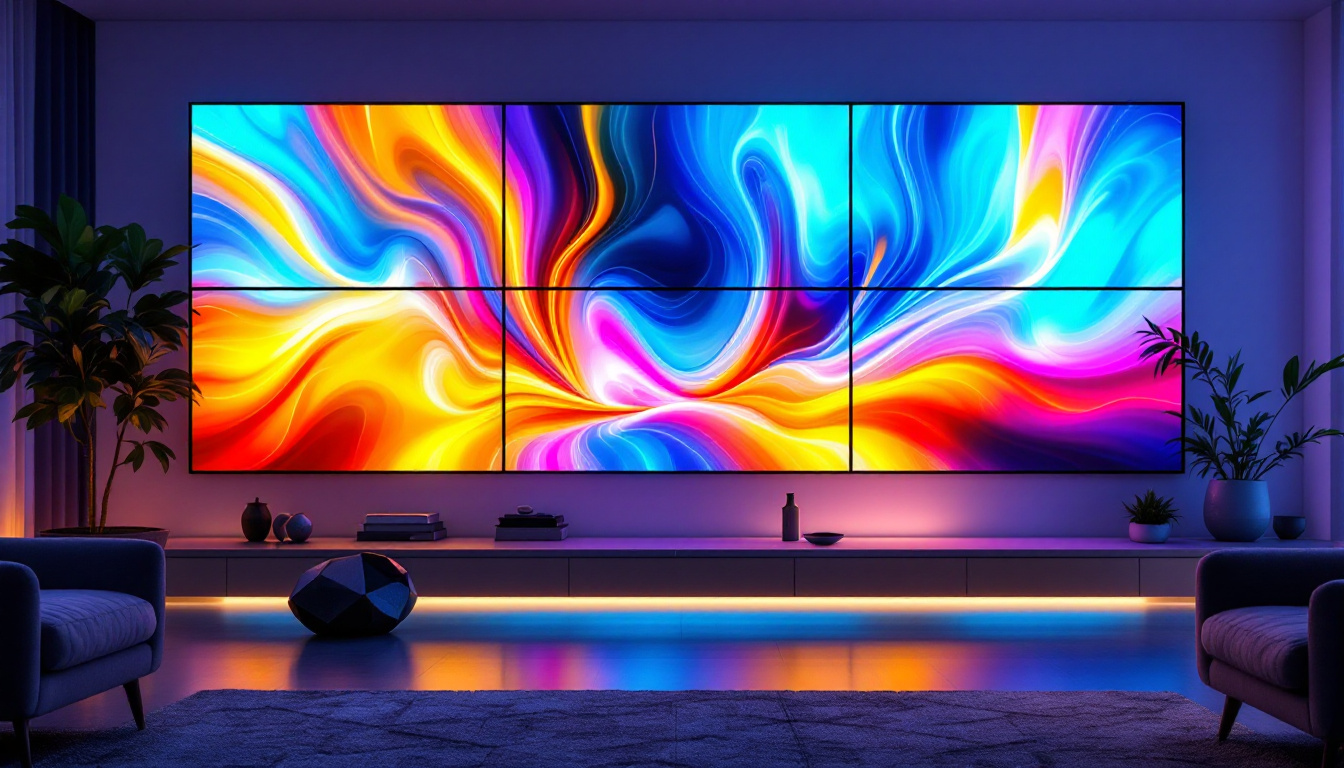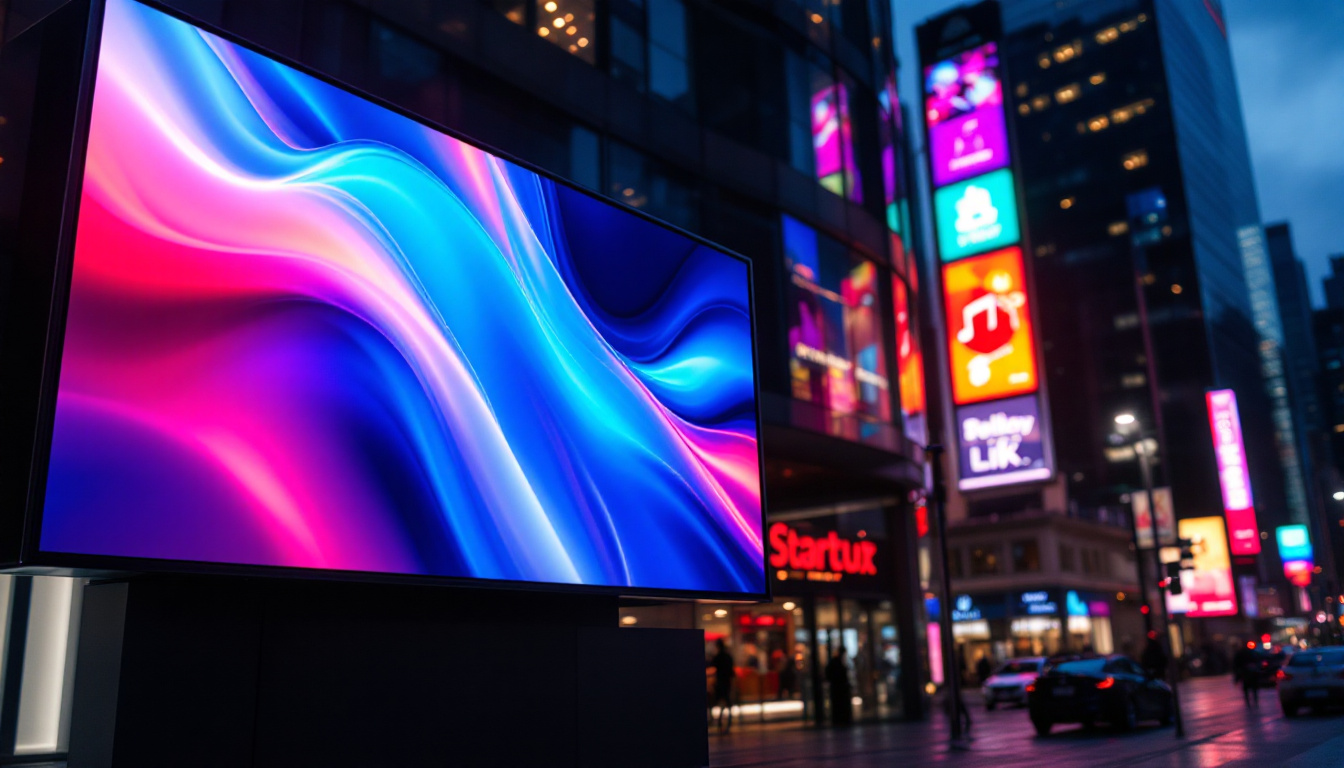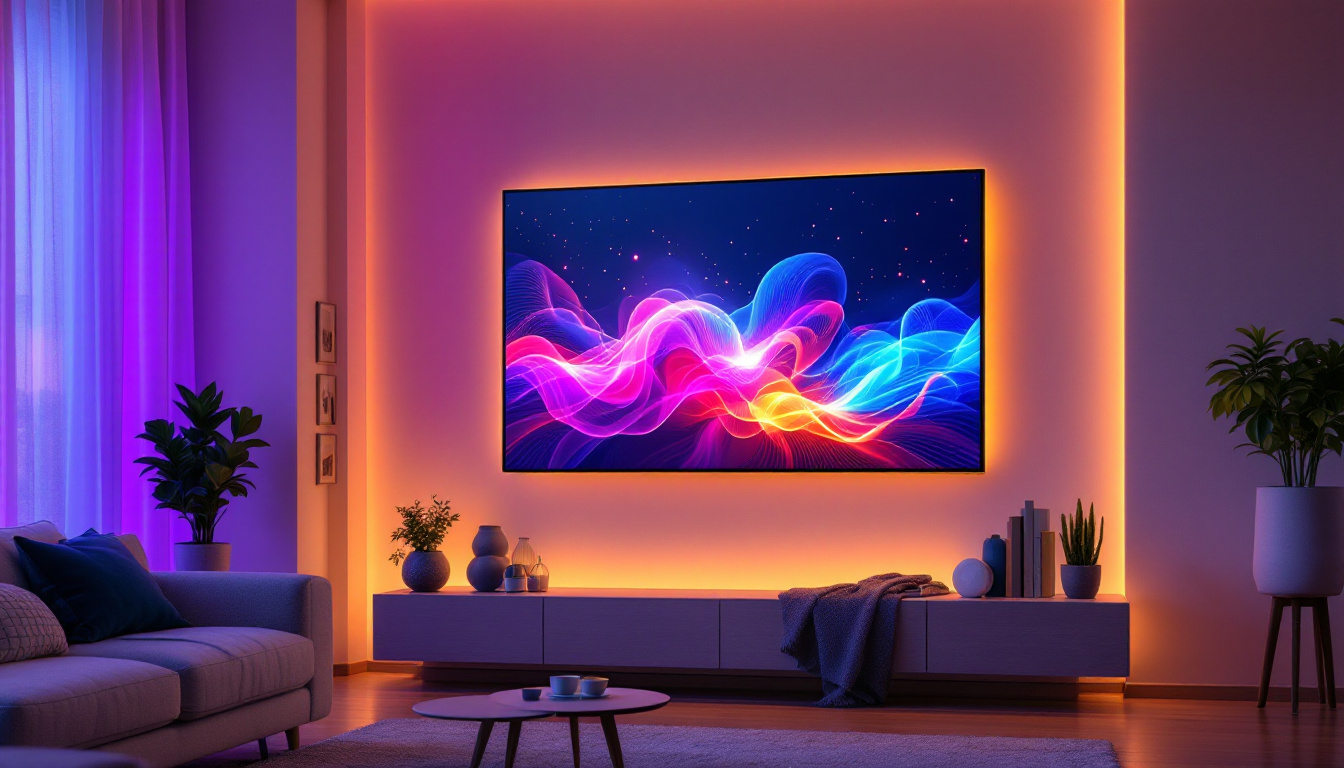In the realm of modern display technology, the debate between LED and LCD screens often arises. As consumers become increasingly aware of the differences in display performance, energy efficiency, and overall viewing experience, understanding these technologies is essential. This article delves into the intricacies of LED and LCD displays, comparing their features, benefits, and applications to help make an informed decision.
Understanding the Basics: LED vs. LCD
Before diving into the comparison, it is crucial to grasp the fundamental differences between LED and LCD technologies. While both types are used in televisions, monitors, and other display devices, they operate on different principles.
What is LCD?
LCD, or Liquid Crystal Display, utilizes liquid crystals sandwiched between two layers of glass or plastic. These crystals manipulate light to create images on the screen. Traditionally, LCD screens rely on a backlight, typically fluorescent tubes, to illuminate the display. This technology has been widely used since the early 2000s and has evolved significantly over the years. The development of thin-film transistor (TFT) technology has allowed for better image quality and faster response times, making LCDs a popular choice for a variety of applications, from computer monitors to large-screen televisions. Moreover, LCDs are known for their ability to produce sharp images with vibrant colors, although they can sometimes struggle with viewing angles and contrast ratios compared to newer technologies.
What is LED?
LED, or Light Emitting Diode, is a type of display technology that uses diodes to emit light. While LED displays are often marketed as a separate category, they are essentially a type of LCD that uses LEDs for backlighting instead of fluorescent lights. This distinction is crucial, as it leads to several advantages in terms of performance and efficiency. LED technology allows for thinner screens, improved energy efficiency, and enhanced brightness levels, which can result in a more vivid viewing experience. Additionally, LED displays can offer better contrast ratios and deeper blacks, especially in models that utilize local dimming, where sections of the backlight can be turned off independently to enhance image quality. As a result, LED technology has become increasingly popular in modern televisions and monitors, often overshadowing traditional LCDs.
Furthermore, the versatility of LED technology extends beyond just televisions and monitors. It has found applications in various fields, including automotive lighting, architectural lighting, and even in everyday household items. The ability to create dynamic lighting effects and energy-efficient solutions has made LEDs a go-to choice for designers and engineers alike. This widespread adoption has also driven innovation, leading to advancements such as OLED (Organic Light Emitting Diode) technology, which offers even greater flexibility and performance, paving the way for the next generation of display technologies.
Key Differences Between LED and LCD Displays
When comparing LED and LCD displays, several key factors come into play. These include brightness, color accuracy, energy efficiency, and overall lifespan. Understanding these differences can help consumers choose the right display for their needs.
Brightness and Contrast
One of the most noticeable differences between LED and LCD displays is their brightness and contrast levels. LED displays tend to offer higher brightness levels, making them suitable for viewing in well-lit environments. This is primarily due to the efficiency of LED backlighting, which can produce brighter images than traditional fluorescent backlights.
Additionally, LED technology allows for better contrast ratios. Many LED displays feature local dimming capabilities, which enhance the depth of blacks and whites on the screen. This results in a more dynamic viewing experience, particularly for movies and gaming.
Color Accuracy
Color accuracy is another critical aspect of display technology. LED displays generally outperform traditional LCDs in this category as well. The ability of LEDs to produce a wider color gamut allows for more vibrant and lifelike images. This is especially important for professionals in fields such as graphic design and photography, where color precision is paramount.
Moreover, advancements in LED technology, such as Quantum Dot and OLED, have further improved color reproduction, making these displays increasingly popular among consumers seeking high-quality visuals.
Energy Efficiency
Energy efficiency is a significant consideration for many consumers, especially those concerned about their environmental impact. LED displays are typically more energy-efficient than traditional LCDs, consuming less power while providing superior brightness and performance. This efficiency not only translates to lower electricity bills but also contributes to a reduced carbon footprint.
Furthermore, the longevity of LED displays often means less frequent replacements, which can lead to additional savings over time. This makes LED technology a more sustainable choice for environmentally-conscious consumers.
Applications of LED and LCD Displays
Both LED and LCD displays have their unique applications, catering to different needs and preferences. Understanding where each technology excels can help consumers make informed decisions based on their specific requirements.
Home Entertainment
In the realm of home entertainment, LED displays have gained significant traction. Their ability to produce vibrant colors and deep contrasts makes them ideal for watching movies and playing video games. Many modern televisions utilize LED technology, offering features such as smart connectivity and high-definition resolutions.
On the other hand, traditional LCD displays may still be found in budget-friendly options. While they may not offer the same level of performance as LED displays, they can still provide satisfactory viewing experiences for casual users.
Professional Use
For professionals in creative industries, the choice between LED and LCD can significantly impact their work. LED displays, particularly those with advanced color accuracy, are often preferred for graphic design, video editing, and photography. Their ability to reproduce colors faithfully ensures that professionals can trust their displays when making critical decisions about their projects.
Conversely, LCD displays may still be used in office environments for general tasks such as word processing and spreadsheet management. While they may lack the advanced features of LED displays, they can still provide reliable performance for everyday use.
Mobile Devices
When it comes to mobile devices, such as smartphones and tablets, LED technology has become the standard. Most modern mobile screens utilize OLED or AMOLED technology, which are variations of LED displays. These technologies offer high contrast ratios and vibrant colors, making them ideal for multimedia consumption on the go.
LCD technology is still present in some budget smartphones and tablets, but as consumer expectations rise, manufacturers are increasingly opting for LED displays to enhance the user experience.
Cost Considerations
Price is often a deciding factor when choosing between LED and LCD displays. Generally, LED displays tend to be more expensive than traditional LCDs due to their advanced technology and superior performance. However, the price difference can vary significantly based on the brand, model, and features.
Initial Investment vs. Long-Term Savings
While LED displays may require a higher initial investment, they often lead to long-term savings. Their energy efficiency means lower electricity bills, and their longer lifespan reduces the frequency of replacements. For consumers looking for a display that will last and perform well over time, the upfront cost may be worth it.
Budget-Friendly Options
For those on a tighter budget, traditional LCD displays can still offer decent performance for everyday tasks. While they may not have the same level of brightness, contrast, or color accuracy, they can be suitable for casual viewing and basic applications. Consumers should weigh their needs against their budget to find the best option for their situation.
Future Trends in Display Technology
As technology continues to evolve, so too does the landscape of display technology. Emerging trends in LED and LCD displays are shaping the future of how consumers experience visual content.
MicroLED Technology
MicroLED is an exciting new development in display technology that promises to combine the best aspects of LED and OLED displays. MicroLED panels consist of tiny individual LEDs that emit their own light, allowing for exceptional brightness, contrast, and color accuracy. This technology is still in its infancy but holds great potential for future applications in televisions, monitors, and mobile devices.
Advancements in OLED
Organic Light Emitting Diode (OLED) technology has gained popularity for its ability to produce stunning visuals with deep blacks and vibrant colors. As manufacturers continue to refine OLED technology, it is becoming more accessible and affordable. This trend may lead to OLED displays becoming a standard in both high-end and mid-range devices in the coming years.
Integration of AI and Smart Features
As smart technology becomes increasingly integrated into everyday devices, display technology is following suit. Future LED and LCD displays are likely to incorporate artificial intelligence, enhancing user experience through personalized settings, automatic adjustments, and improved connectivity. This trend will make displays not only more functional but also more intuitive for users.
Conclusion
In the ongoing debate of LED vs. LCD, it is clear that both technologies have their strengths and weaknesses. LED displays generally offer superior brightness, color accuracy, and energy efficiency, making them a popular choice for a variety of applications. However, traditional LCD displays still hold their ground, particularly in budget-friendly options for casual users.
Ultimately, the choice between LED and LCD will depend on individual needs, preferences, and budget constraints. As technology continues to advance, consumers can expect even more exciting developments in display technology, ensuring that there is a perfect option for every viewing experience.
Whether it’s for home entertainment, professional use, or mobile devices, understanding the differences between LED and LCD displays will empower consumers to make informed choices that enhance their visual experiences.
Discover the Future of Visual Experience with LumenMatrix
As you consider the advantages of LED over LCD for your next display purchase, we invite you to explore the innovative solutions offered by LumenMatrix. With a commitment to revolutionizing visual communication, LumenMatrix provides a wide array of LED display modules designed to elevate your brand’s presence and captivate your audience. From Indoor and Outdoor LED Walls to specialized solutions like Vehicle and Sports Displays, each product is crafted to deliver unparalleled clarity and impact. Embrace the future of display technology and check out LumenMatrix LED Display Solutions today to see how we can transform your visual experiences.

